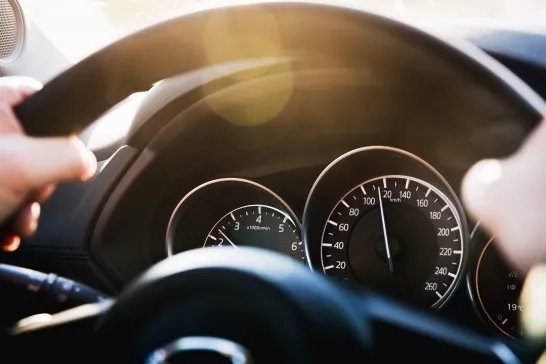
Top 10 auto insurance terms explained
2 Minute Read
Do you find auto insurance confusing? You’re not the only one.
According to a recent CAA study, over 53% of Ontarians find their auto insurance policy difficult to understand.
But CAA Insurance Company is here to help with a free Insurance Guidebook. Inside it explains everything Ontario drivers need to know to confidently understand their auto insurance policy and get the best coverage for their needs.
Deductible
Insurance companies use deductibles to share the cost of any claims with the policy holder. When you file an insurance claim, a deductible is the amount of money that you are responsible for paying, as outlined in your policy.
For example, if your policy’s deductible is $500 and you have a covered loss under your policy that totals $10,000, you’ll pay $500, and your insurer will cover the remaining $9,500.
Comprehensive coverage
Comprehensive coverage focuses on damage to your vehicle that occurs outside of a collision. Typically, it includes fire, vandalism, theft or attempted theft, weather-related damage (hailstorm, fallen tree), a natural disaster, or a riot or civil disturbance. This coverage can be added to your policy.
Endorsement
This refers to a change or addition to a policy that increases or reduces the amount of coverage and changes its terms and conditions.
Liability insurance
Liability insurance covers you for claims where you are required by law to pay a third party for bodily injury and property damage. Bodily Injury coverage covers the claim if another person is injured or killed, and you are deemed to be responsible. Property damage coverage will cover the claim if someone else’s property is damaged because of an accident.
Total loss
A total loss is when the cost to repair the vehicle is higher than the actual cash value (ACV) of the vehicle. It isn’t always practical to repair a vehicle, even if the cost of repair is less than its actual value. Factors such as vehicle safety, quality of the repair, costs and vehicle values are all considered in determining if a vehicle is repairable.
Depending on your insurance company, the value of your vehicle is determined based on things like the pre-accident condition of the vehicle, the number of kilometres on the odometer, the options available on the vehicle and any existing damage prior to the accident.
Premium
An insurance premium refers to how much your insurance policy will cost. It is generally paid monthly or annually. Your premium is calculated based on many factors, including, but not limited to, the type of vehicle you drive, your driving history, age, driving convictions, and where you live.
Depreciation
Depreciation considers how the value of an item has decreased over time —usually due to everyday wear and tear (for example, aging, deterioration, and obsolescence).
For example, your brand-new vehicle will depreciate (or decrease) in value over time, depending on how many kilometres you’ve driven it and how well you’ve maintained it.
Underwriters or underwriting
Underwriting is the practice of collecting information and assessing risk. This information is analyzed based on the insurance company’s underwriting guidelines to decide whether the company will accept the risk (you) by offering coverage.
Pleasure driving
Pleasure driving means that you only use your vehicle for personal or leisure activities and not for commuting or business purposes.
Waiver of depreciation
A waiver of depreciation is available for new vehicles and will vary by the insurance company. It means that if you experience a total loss due to theft or an accident, and you are the original owner or lessee of the vehicle, you will be reimbursed for the full replacement value —not the vehicle’s depreciated value. A waiver of depreciation can be added to your insurance policy at the time of purchase.




